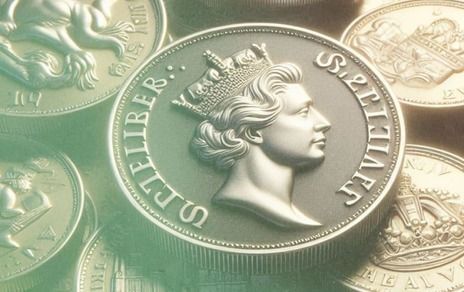The British pound has outperformed many other major currencies over the past 12 months. However, when talking about the GBPUSD currency pair, the role of the US dollar cannot be understated. Many movements in the forex market are closely tied to the USD and expectations surrounding its future. Will the US dollar soon decline or rise instead? Let’s delve into what might happen with the GBPUSD pair by the end of 2024.
First, let's examine the performance of the GBPUSD rate over the past year. The chart below shows that the GBP mostly dominated the USD, resulting in more than a 5% growth for this currency pair.
For comparison, we've included other major forex pairs on the same chart. Only the Swiss franc experienced more remarkable growth than the pound against the US dollar during this period.
However, the beginning of 2024 didn't start off well for the pound. The British currency even suffered a slight setback against the USD.
Most fluctuations in the charts above represent investors’ expectations regarding the policies of major central banks. Rising and falling trends indicate periods when market participants anticipated that the Federal Reserve would initiate a rate-cutting cycle, leading to currencies appreciating against the dollar. Subsequently, when the market realized that interest rates would remain unchanged for the foreseeable future, there were instances of USD growth.
Also, some experts believed that the US economy was in much worse shape than others, suggesting that the Fed might act sooner than expected. However, this scenario didn't seem to materialize.
We find ourselves at the dawn of another cycle of this seemingly endless narrative. The current discussions revolve around potential timelines for central banks to take action, influencing what lies ahead for the GBPUSD in 2024.
Some specialists believe that the Bank of England will commence decreasing the key rate at the end of the summer, trailing behind the Federal Reserve. This could boost the British pound, especially as these specialists generally view Britain's economy as strong enough.
Other experts adhere to the position that the BoE’s policy stance was too hawkish and aggressive in 2023, which can play a cruel joke. In other words, inflation rates in Great Britain are currently not too high; therefore, the central bank might be forced to initiate its rate-cutting cycle sooner than expected.
Undoubtedly, this is a complex area to navigate. Nevertheless, such scenarios present trading opportunities. Just bear in mind that they demand thorough analysis and diligent monitoring of economic conditions and news updates on a daily basis.
